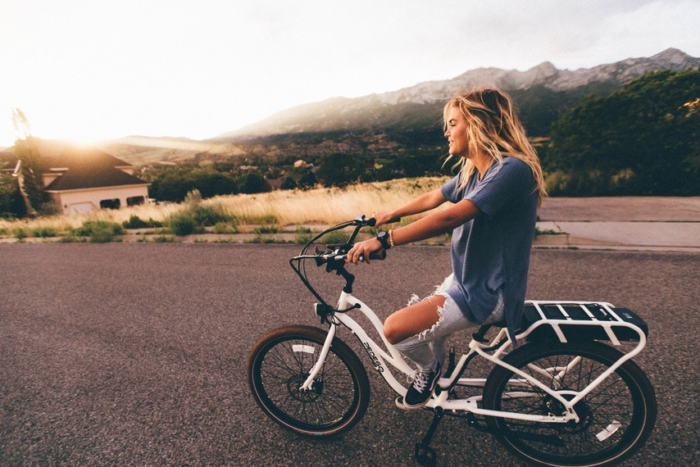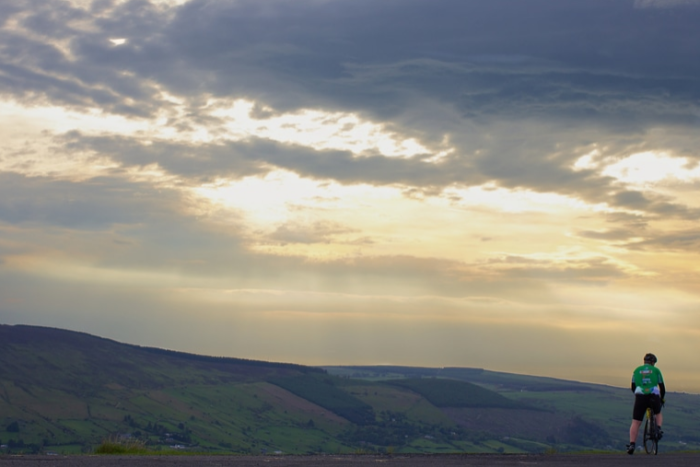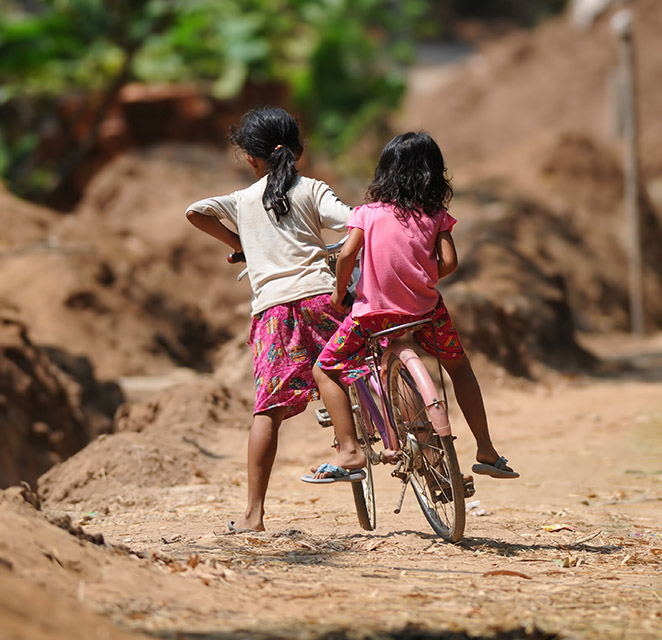Are you about to take on a cycling adventure? Perhaps you’ve committed yourself to try something new, and you don’t know where to start? Well don’t worry, in this post we will talk you through creating a cycling training program to get you motivated and moving.
Getting your body into a condition fit for cycling a long distance means preparation. The earlier you begin your cycling training, the easier it will be and the better your body will adapt to the physical demands of riding long distances. Training early also means you can avoid the risk of injury.
Before you go on your adventure, you will need a comprehensive and sensible training plan. Our adventures are not a race, but being fit ensures you get the most out of it!
Building strength and stamina
Your main goal when you train should be to build strength and stamina, because that is what will get you through even the most challenging uphills. Stamina is the ability to sustain prolonged effort, and it can be strengthened by doing cardiovascular exercises.
Cardiovascular exercises increase heart rate and allow oxygen to be pumped through the body more easily. Exercises include; running, skipping, jogging and spinning (cycling). To boost the effects of these exercises; you should try to incorporate interval training. Interval training is the practice of alternating between high intensity and low intensity workouts. By doing these exercises you will build endurance and be able to take on even the toughest and longest cycling rides. Check out this sample training plan from British Cycling:
Following the right diet
In addition to a cycling training plan that keeps your heart pumping, you will need to fuel your body with the right nutrients. Since you’ll be riding for kilometres all day, you will need to have a high-energy diet, with plenty of protein and carbohydrates. Consider having small frequent meals when you train, as this will ensure your blood sugar levels remain consistent and you will not experience a drop in energy.
Have rest days
Rest days are important when you are undertaking fitness training. The body needs time to recover and repair itself from the strain of exercise. If you push yourself too hard, you risk injury.
Exercises that will make it easier
Mixing up your cycling training with other exercises is going to make you stronger. Here is a list of exercises you can perform:
- Planks and side balance crunch to work your core – a strong core will support your posture on the bike so that you avoid injury.
- Leg curls, barbell deadlifts to work the hamstrings
- Squats, lunges and leg raises to work the gluteus muscles. Working your glute muscles will give you better peddling power and ensure you don’t get tired as quickly. Strong glutes will support your peddling.
- Warm up before you work out to avoid injury


Monitoring your progress
Keep track of how you are going, this will motivate you and you’ll have confidence knowing you can complete the challenge!
Feeling inspired?
Why not check out our cycling adventures and upcoming cycles. You never know when your next adventure awaits!
![]() @INSPIREDADVENTURES
@INSPIREDADVENTURES
[mgl_instagram_user username=”inspiredadventures” cols=”6″ number=”6″]







